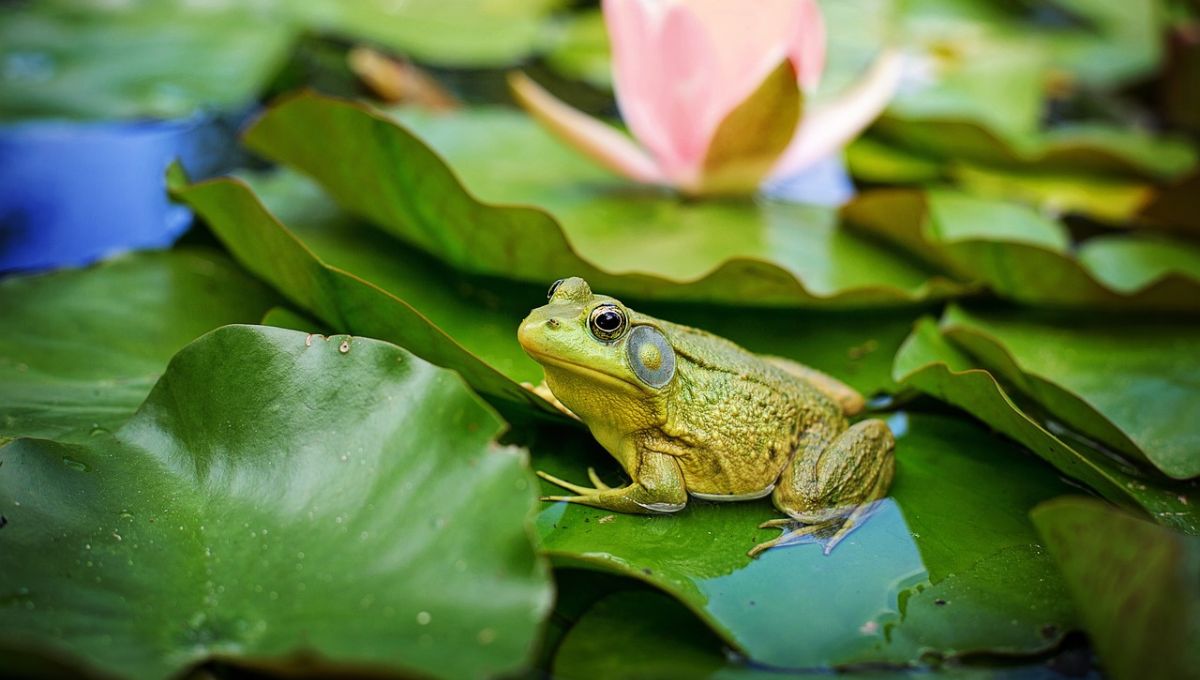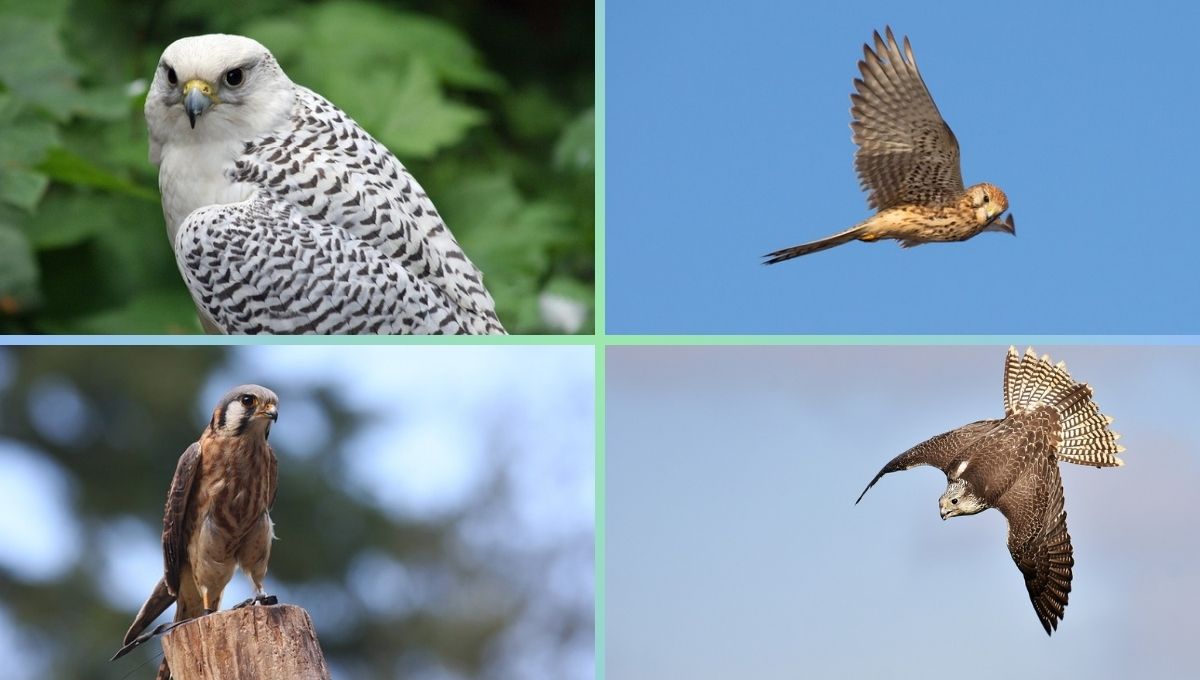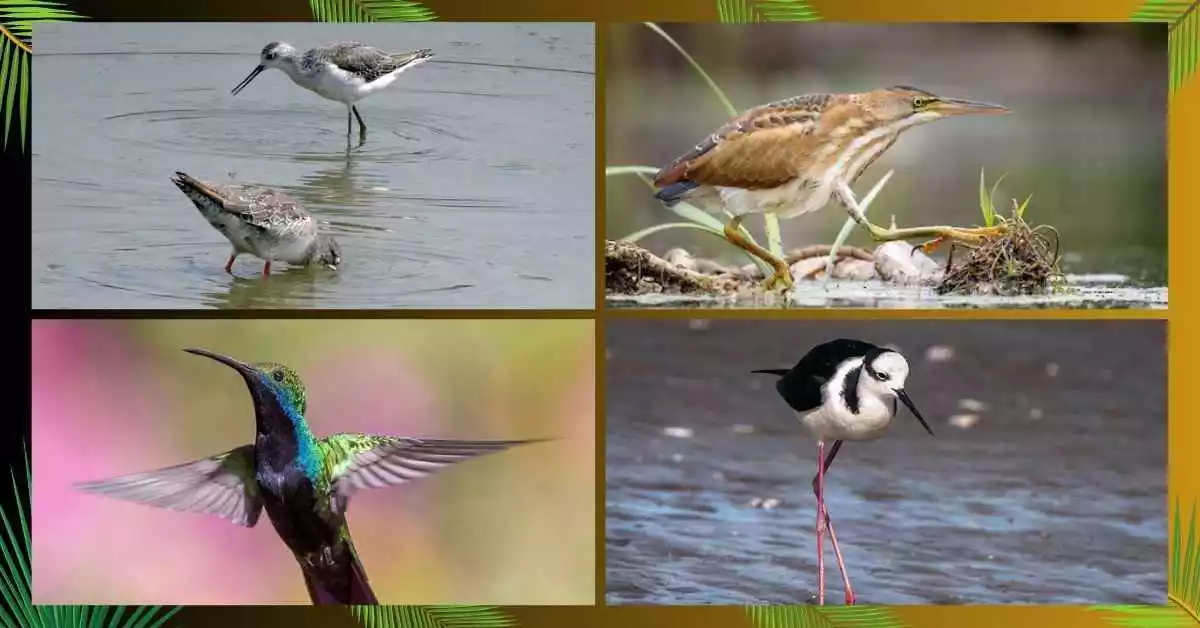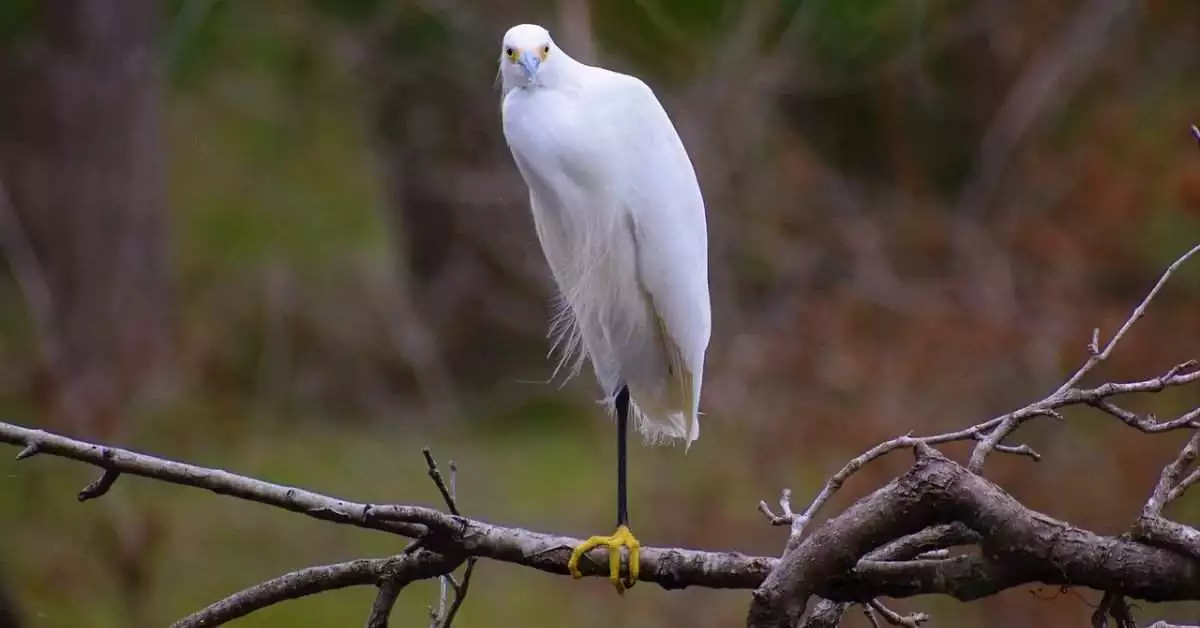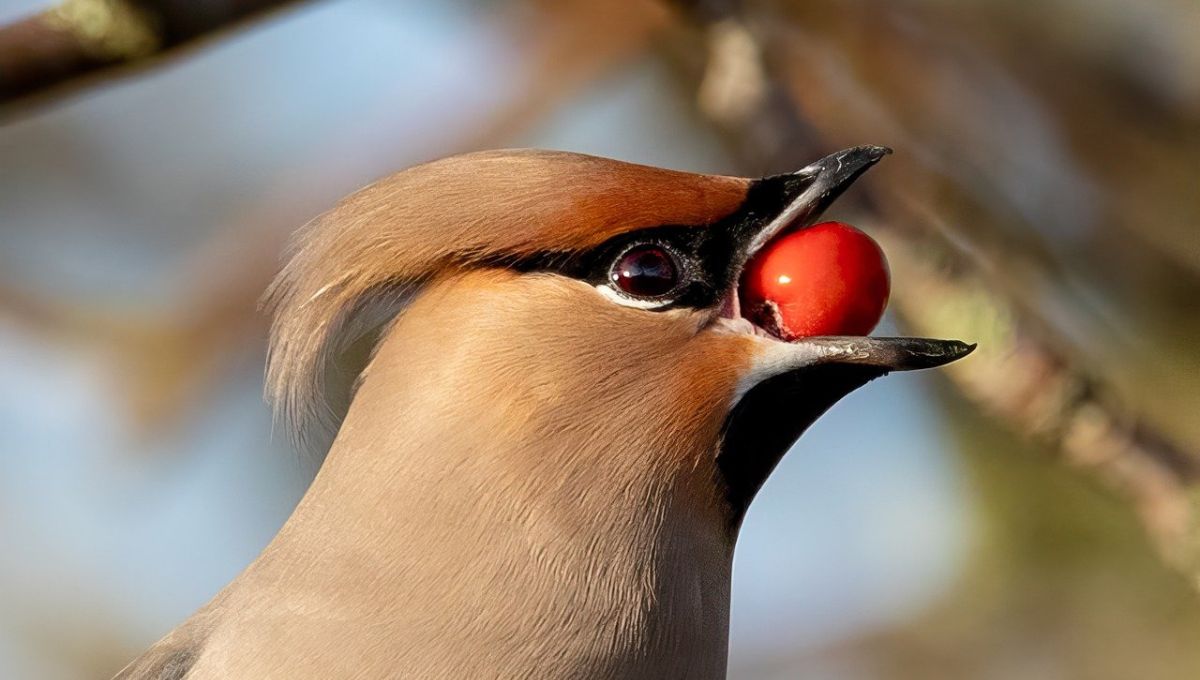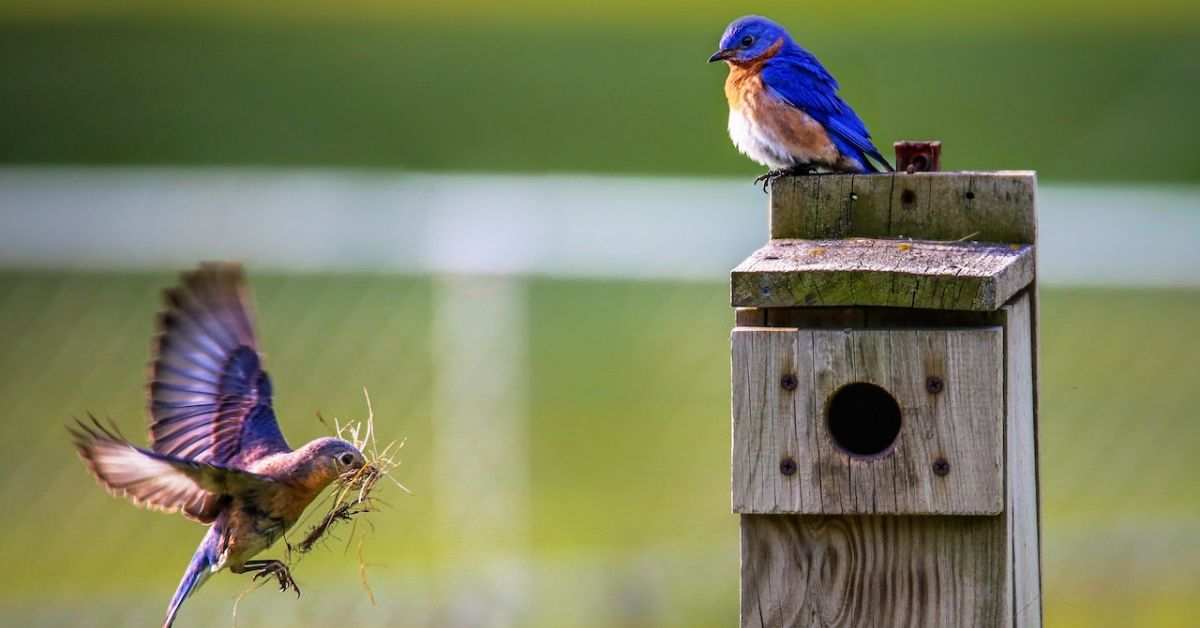Hey there, Did you know that Alabama is home to some awesome creatures called frogs? These bouncy hoppers are not only fun to watch but also super important for our world.
Let’s dive into the froggy wonderland of Alabama and discover what makes these slimy friends so special.
American Bullfrog
The American Bullfrog is one of the largest frog species in North America. It has a greenish-brown body with a distinct loud call. It’s known for its large eardrums (tympanums) behind its eyes.
Habitat: Found in various aquatic habitats like ponds, lakes, and slow-moving streams. Can also tolerate brackish water.
Behavior: Predatory, feeding on insects, small fish, and other frogs.
Conservation Status: Least Concern (IUCN)
Southern Leopard Frog
This frog has a background color that can vary from light green to brown, with numerous irregular dark spots on its back and legs, resembling a leopard’s pattern.
Habitat: Often found near water bodies, including ponds, marshes, and slow-moving streams.
Behavior: It feeds on insects, spiders, and other small invertebrates.
Conservation Status: Least Concern (IUCN)
Green Frog
Description: This frog has a variable coloration, ranging from green to brown, with distinct ridges running down its back. It has a bright green face and a tympanum.
Habitat: Prefers quiet waters like ponds, marshes, and slow-moving streams.
Behavior: Feeds on insects, small fish, and tadpoles.
Conservation Status: Least Concern (IUCN)
Pig Frog
These frogs are relatively large with a greenish-brown coloration and rough skin. They have a distinctive call that sounds like a pig grunting.
Habitat: Found in a variety of wetland habitats, including marshes, swamps, and temporary ponds.
Behavior: Primarily feeds on insects and other invertebrates.
Conservation Status: Least Concern (IUCN)
Eastern Cricket Frog
Small and usually green or brown with a triangular mark between the eyes. Known for their distinct cricket-like calls.
Habitat: Often found near shallow water bodies, including marshes, ditches, and temporary pools.
Behavior: Feeds on small insects and other invertebrates.
Conservation Status: Least Concern (IUCN)
Northern Cricket Frog
Similar to the Eastern Cricket Frog but typically smaller and with a more pointed snout.
Habitat: Prefers habitats like ponds, marshes, and ditches with abundant vegetation.
Behavior: Feeds on insects and other small invertebrates.
Conservation Status: Least Concern (IUCN)
Eastern Narrow-mouthed Toad
Small and warty with a pointed snout and relatively narrow mouth. Usually gray or brown with some mottling.
Habitat: Found in sandy or loose soil habitats, often under debris.
Behavior: Primarily feeds on ants and other small invertebrates.
Conservation Status: Least Concern (IUCN)
Spring Peeper
Small frog with a distinct “X” or “cross” marking on its back. It’s usually tan or brown in color.
Habitat: Prefers wooded areas near ponds, swamps, and marshes.
Behavior: Feeds on a variety of small invertebrates.
Conservation Status: Least Concern (IUCN)
Upland Chorus Frog
Small and usually brown or gray with variable markings. It has a distinctive call that sounds like a rapidly ascending whistle.
Habitat: Found in grasslands, woodlands, and open areas.
Behavior: Feeds on insects and other small prey.
Conservation Status: Least Concern (IUCN)
Squirrel Treefrog
Small frog with a light stripe down its back. Can vary in color from green to gray or brown.
Habitat: Often found in trees, shrubs, and other vegetation near water bodies.
Behavior: Feeds on insects and other small invertebrates.
Conservation Status: Least Concern (IUCN)
Pine Woods Treefrog
Green to brown in color with a distinctive dark line running through the eye.
Habitat: Typically found in pine forests and other wooded areas.
Behavior: Feeds on insects and small invertebrates.
Conservation Status: Least Concern (IUCN)
Barking Treefrog
Green to gray in color with irregular dark markings. Known for its “barking” call that resembles a dog’s bark.
Habitat: Found in a variety of habitats, including swamps, wetlands, and forests.
Behavior: Feeds on insects and other small prey.
Conservation Status: Least Concern (IUCN)
Green Treefrog
Bright green to gray in color with a white or yellow stripe along its sides.
Habitat: Often found in vegetation near water bodies, including swamps, ponds, and marshes.
Behavior: Feeds on insects and other small prey.
Conservation Status: Least Concern (IUCN)
Conclusion
Frogs are like nature’s helpers. They sing, eat bugs, and even help plants grow. Remember, when you hear a frog croak or spot one on a leaf, you’re seeing an important part of Alabama’s amazing world. So keep your eyes and ears open – there’s a whole froggy adventure waiting for you right in your backyard!
